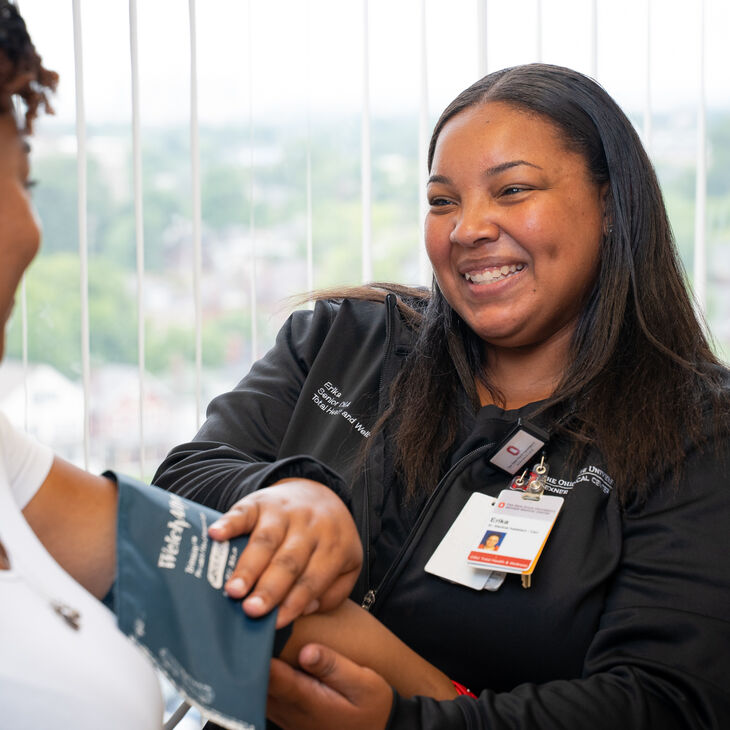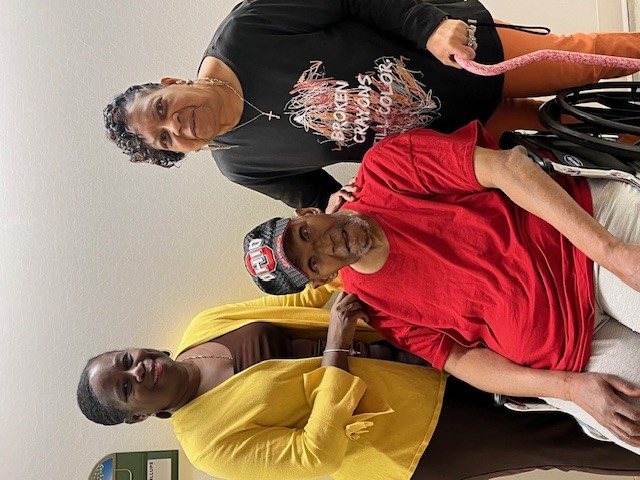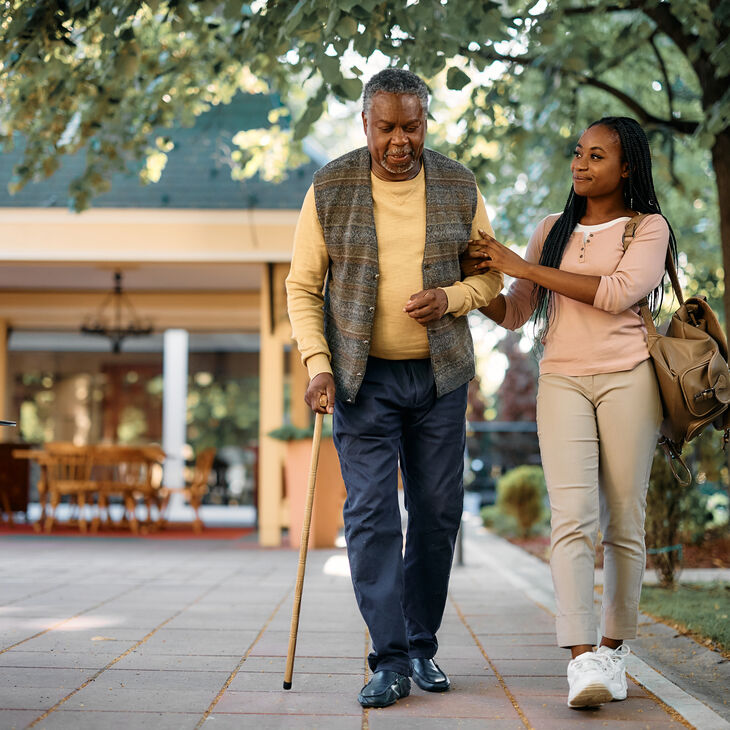By Pat Ford-Roegner
On September 20, the U.S. Preventive Services Task Force (USPST) issued a draft recommendation on screening for anxiety, depression and suicide risk in adults. For the first time, the Task Force recommended screening for anxiety for all adults under 65.
Task Force member Lori Pbert, PhD, explained, “The good news is that screening all adults for depression and screening younger adults under 65 for anxiety can help identify these conditions early so people can be connected to care.”
The Task Force – an independent, volunteer panel of national experts in prevention and evidence-based healthcare working to improve health nationwide – understands that screening is the first step, and further evaluation with one’s healthcare professional team is needed to decide on a course of treatment.
Although there is a consensus among healthcare leaders that the COVID-19 pandemic significantly increased mental health stressors and needs, the Task Force’s efforts preceded the pandemic, and increased anxiety rates among U.S. adults have many additional contributing factors from social unrest to social media use. According to the Anxiety and Depression Association of America, anxiety disorders are the most common illnesses in this country, affecting more than 40 million adults each year. According to the World Health Organization (WHO), global prevalence of anxiety and depression increased by 25% in the first year of the pandemic.
There are several widely-used screening tools such as the Hamilton Anxiety Scale (HAM-A), but questions remain about who will do the screening. Primary care providers already screen for cervical, colon and breast cancer, alcohol and tobacco use, food insecurity and domestic violence while treating patients for chronic diseases in 15-to-20-minute appointments. And those providers already experience their own burnout from COVID-19 stress.
Once patients are screened, who will provide follow-up care? A major issue is that 37% of American adults live in areas with a severe shortage of mental health professionals. Two-thirds of the shortages, according to the Health Resources and Services Administration (HRSA), are in rural or partially-rural areas of the country. The USPST acknowledged the challenges of delivering mental health services and also recognized the “racism and structural policies” that limit services to people of color.
One possible solution is the growing acceptance of telehealth. The National Alliance of Mental Illness (NAMI) believes that public policies and practices should promote access to care for people with mental health conditions. NAMI’s position statement supports policies that expand the use of telehealth practices that support a wide range of effective and accessible mental health services. NAMI notes that telehealth can reduce “no-shows” and increase access to culturally-competent and clinic-specific programs for underserved individuals.
Another solution is to increase access to mental health services by providing unique programs and tools and educating growing numbers of mental health practitioners. Given her personal experience both as a practitioner and as a former member of the USPST, Dean Bernadette Melnyk and The Ohio State University College of Nursing have answered the call and delivered in several different ways.
The college’s nationally-renowned psychiatric mental health nurse practitioner specialization only had seven graduate students when specialty director Barbara Jones Warren, PhD, APRN-CNS, FNAP, FAAN, took it over in 2010. There are now 56 admissions per year, with an uptick in interest following the pandemic and more room to grow pending the availability of clinical sites. The current sites include telehealth, preparing students for answering the call for more rural and culturally-diverse experiences. The students themselves include LGBTQ+, gender, racial and ethnic diversity.
Outside of the traditional degree track, Dean Bernadette Melnyk, PhD, APRN-CNP, FAANP, FNAP, FAAN, and the College of Nursing created the MINDBODYSTRONG program, a cognitive-behavioral skills-building program backed by 30 years of research. Program director Jacqueline Hoying, PhD, RN, is the skilled facilitator who says the program’s aim “is to improve mental health and equip adults and college students with skills that reduce stress, anxiety and depressive symptoms, as well as enhance healthy lifestyle behaviors.” The program is offered broadly and as part of the nursing school curriculum.
Then in May of this year, the College of Nursing and the Office of the Chief Wellness Officer released an alarming report on the level of burnout among working parents during the COVID-19 pandemic and the adverse consequences of that burnout for parents and their children. Dean Melnyk and Kate Gawlik, DNP, APRN-CNP, FAANP, FNAP, authors of the report Pandemic Parenting: Examining the Epidemic of Working Parental Burnout and Strategies to Help, created a 10-item Working Parent Burnout Scale to provide a self-check for parents to score themselves. The authors also provide key strategies and resources that help parents and their children improve their situations. The report received significant national media coverage on this timely issue.
Imagine what could happen if others in professional education, business and the health industry responded in kind.
Pat Ford-Roegner, RN, MSW, FAAN has previously served as Region IV director at the U.S. Department of Health and Human Services, chief executive officer at the American Academy of Nursing and health policy expert for Amplify Public Affairs.





